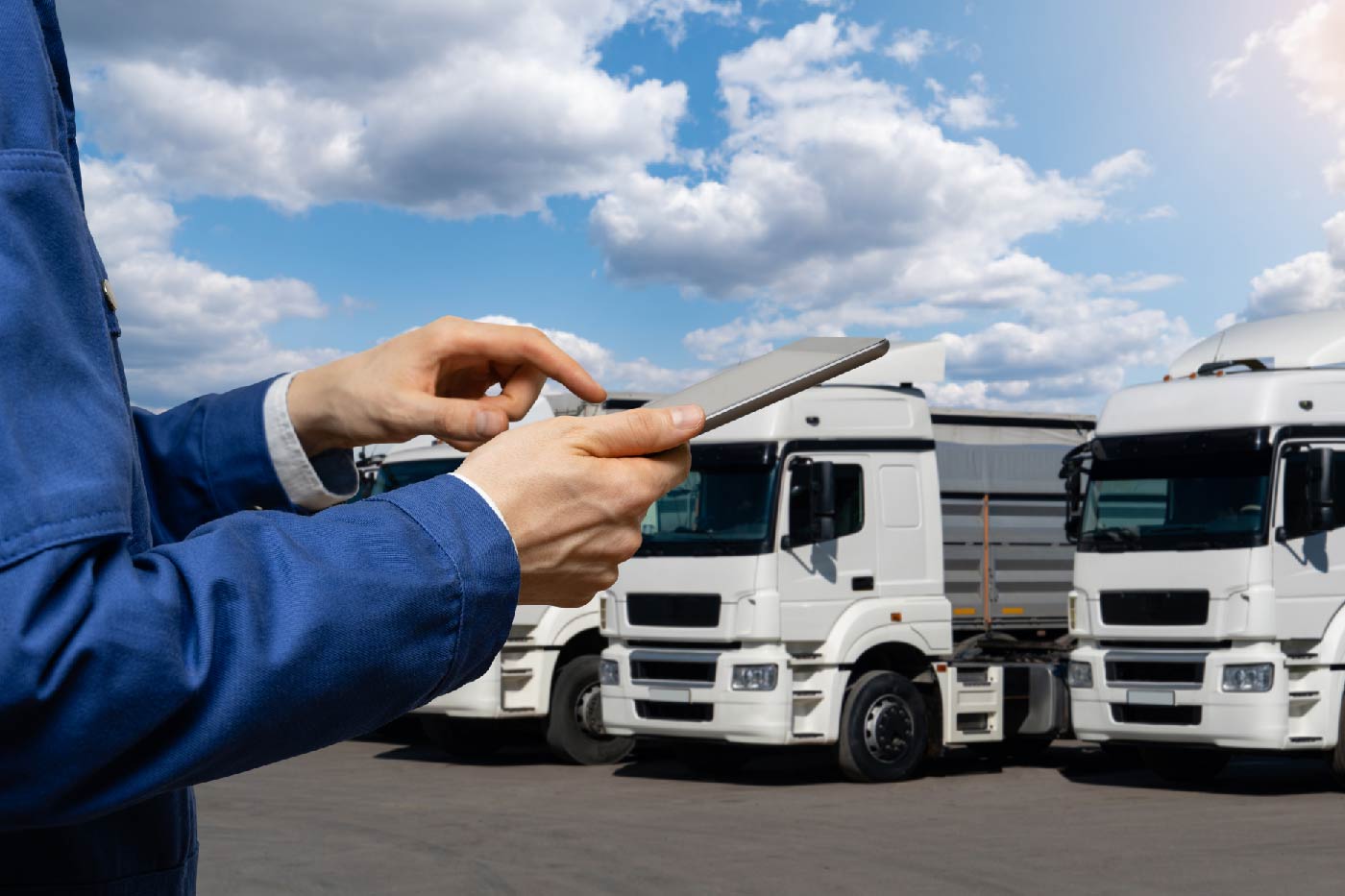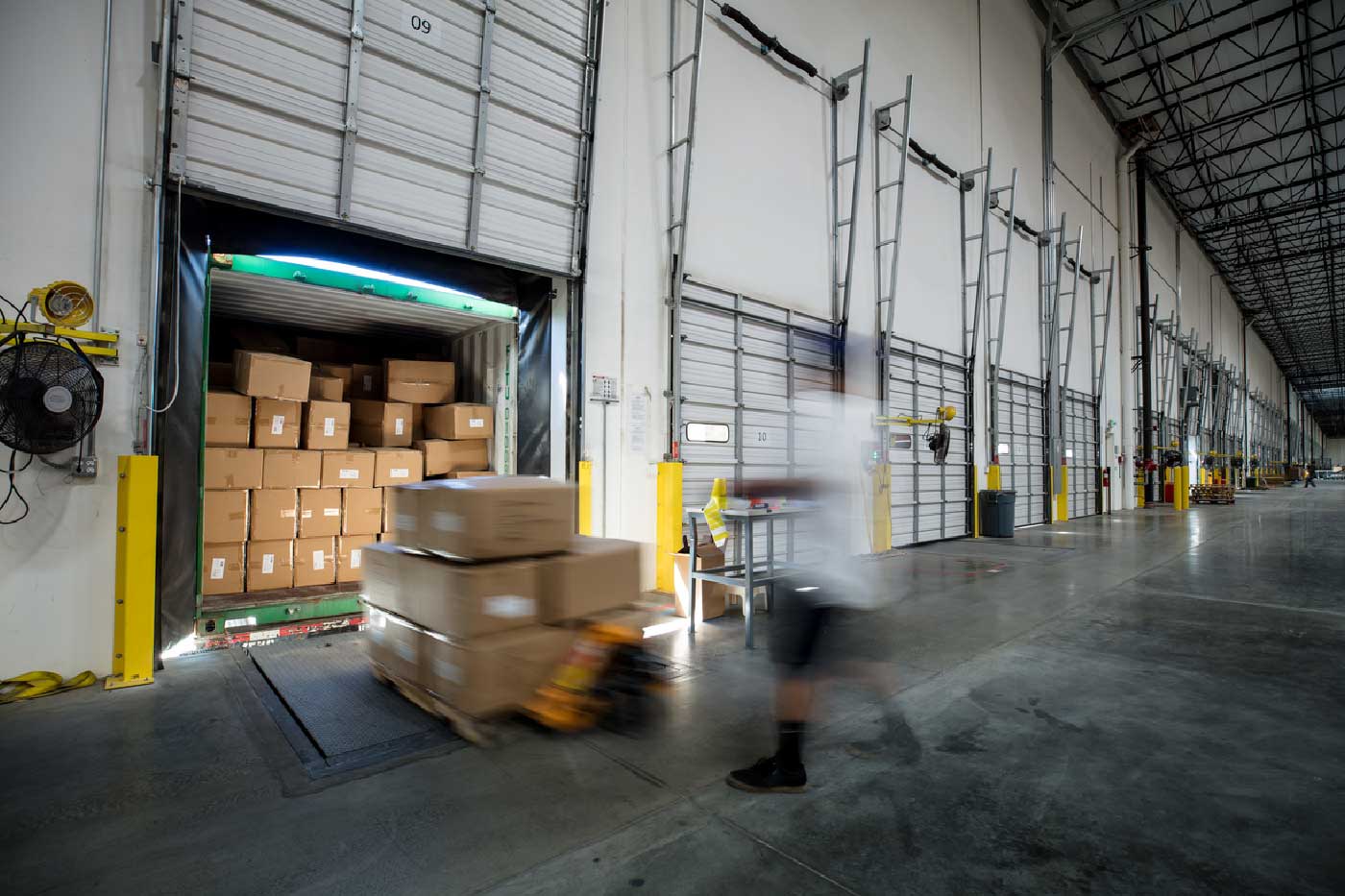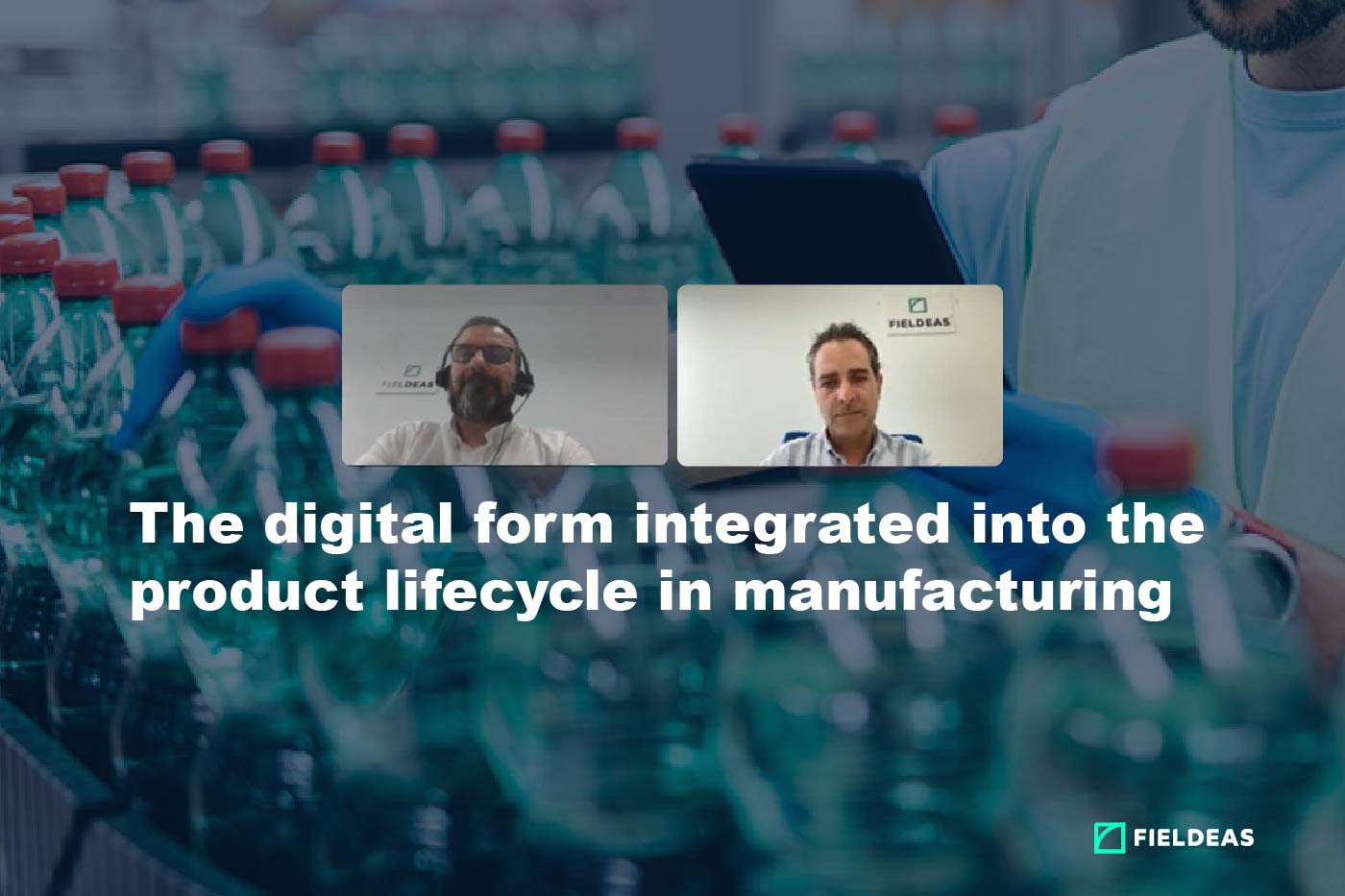What is Track and Trace? In its English translation, we know this term as tracking and tracing. However, it is more common to speak of Track and Trace processes or simply logistics traceability.
Logistics traceability can be defined as the ability to follow the path of a product through the various stages of production, processing and distribution. Considered a fundamental pillar of logistics, Track and Trace provides accurate information on the history and current status of the product.
Relying on the latest technological innovations and software tools, having Track and Trace tools will provide insight into the status of the product or asset from the time it leaves the supplier until it reaches the end consumer. This control management is known as end-to-end traceability.
Phases in the traceability management process
As a key part of the supply chain, both logistics operators and transport companies are obliged to ensure end-to-end traceability of products. This includes tracking the product or asset before it arrives at the company, during its handling or storage in the company and from the time it leaves the company until it reaches the end consumer. The track and trace process can be divided into three phases.
Backward traceability
Tracking, identification and testing of raw materials and components. Gathering information from the supplier. Establishment of reception protocols.
Internal traceability
In-house product tracking. Gathering of accurate, real-time information on the product’s path. Target product definition. Relationship between inputs and outputs. Implementation of the product identification system.
Forward traceability
Follow-up of final products ready for delivery. Control of products leaving the company.
Advantages of implementing a traceability system
Improving traceability processes is a competitive advantage in the logistics sector. Knowing exactly where the product has been and under what circumstances allows us to guarantee the quality of the product. This is especially important in the food and pharmaceutical industries, where traceability will be key to ensuring product safety.
Track and Trace provides real data on key parameters such as temperature, humidity or alterations during handling and transport processes. This information will be collected for quality assurance and also for compliance with various regulations, such as the European Directive on Falsified Medicines, in the case of companies engaged in the distribution of medicines.

The Track and Trace has become a fundamental logistics tool for the management of procedures and goods in any industry. The tracking and control of fleets, orders, packages and references improves the availability of information and enables the automation of processes. Logistics traceability helps to improve internal control of the product and control of the goods during the distribution phase. This, in turn, results in a significant reduction in logistics costs for exporters, importers and freight forwarders.
A recent study by Alied Market Research estimates that companies implementing traceability enhancement technologies will experience revenue growth of around 10% in the period from 2012 to 2020.
Traceability systems for public health are particularly relevant because, as mentioned above, the pharmaceutical and food industries use this technology to guarantee the safety and quality of their products. Track and Trace for pharmaceutical and agri-food companies is essential to prevent counterfeiting, food terrorism, product-derived diseases and illegal drug distribution and sales practices.
The aforementioned study by Allied Market Research also points out that, thanks to the use of Track and Trace systems and applications in the pharmaceutical and agri-food industries, the market for tracking and tracing technologies will achieve revenue growth of up to $14 million by 2020.
How to improve Track and Trace processes during peak demand
Logistics operators and transport companies, among others, are wondering how to improve track and trace processes during periods of high demand. And there is no doubt that the digital transformation of companies enables greater and more accurate traceability of goods.
The advent of IoT (Internet of Things) systems facilitates the collection of data from different sources. As well as its processing through Big Data capabilities. The Internet of Things is seen as an essential part of improving traceability in the face of peak demand.
The continuous evolution of the sector and the need to face the most demanding situations require a constant improvement in a company’s productivity. And here Track and Trace plays a fundamental role. End-to-end traceability and the subsequent application of artificial intelligence solutions are an insurance for companies, which will see their needs perfectly covered in situations of risk or increased demand.
Tracking and control of goods through geofencing technology is key to guarantee traceability. And in turn, innovation in these technologies will lead to improved Track and Trace processes during peak demand. A very clear example is the management of product returns due to a manufacturing defect. In this case, having a product tracking and tracing system in place will allow the automatic return of products in batches; an operation that will result in great savings for the company in question.
End-to-end traceability of products to ensure quality assurance
Monitoring and control of goods for process optimization will ensure the quality of the final product. This is the main concern of the companies that rely on FIELDEAS. We offer Track and Trace software solutions for the efficient management of goods for companies in any sector.
Traceability should not be seen solely as a vehicle for obtaining accurate data about the position and status of the product. We are facing an essential piece for the improvement and evolution of the processes that make up the supply chain.












